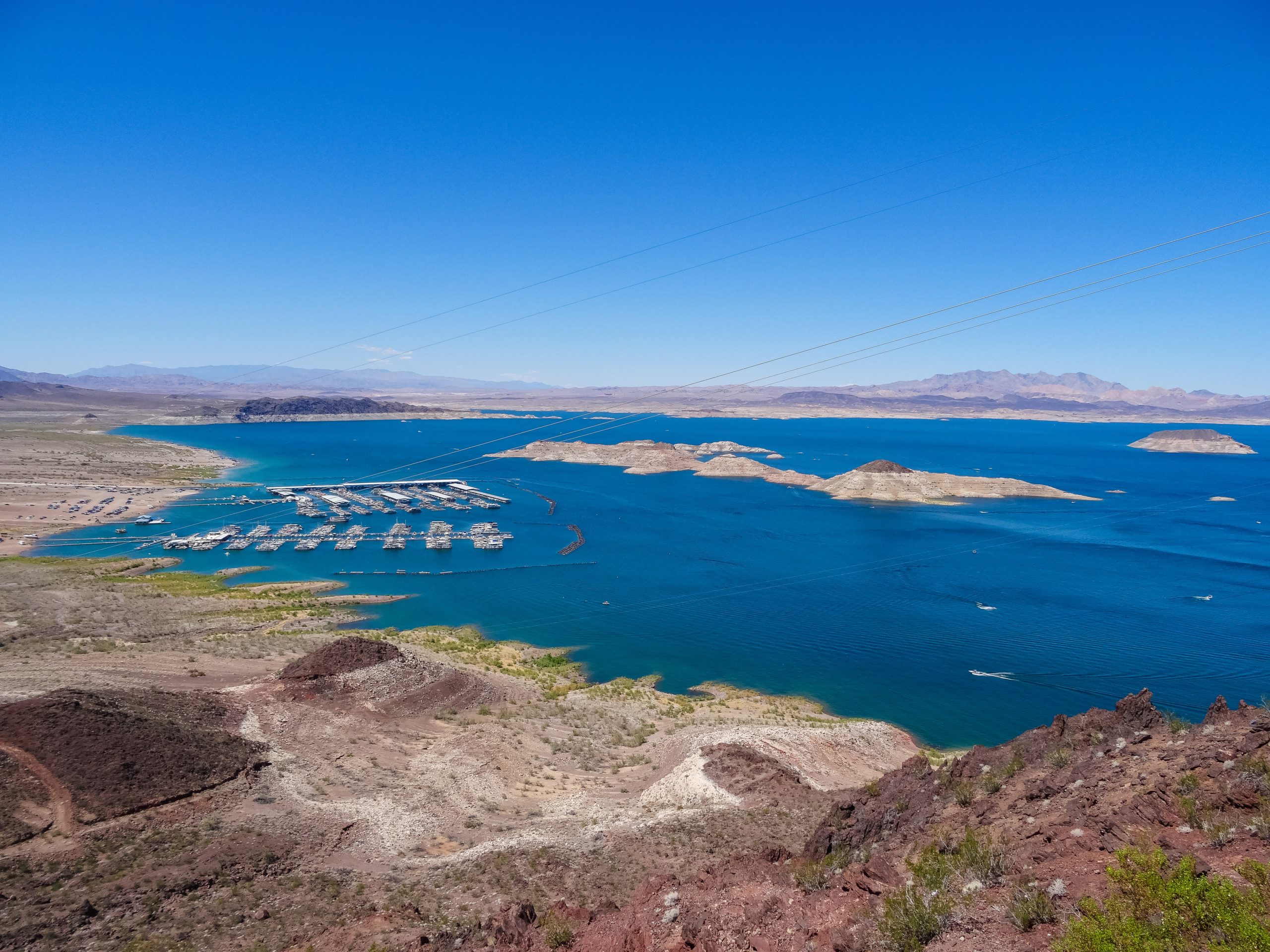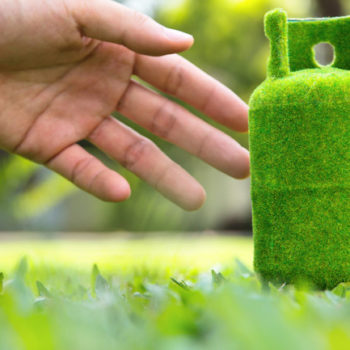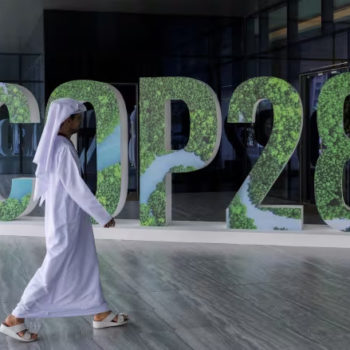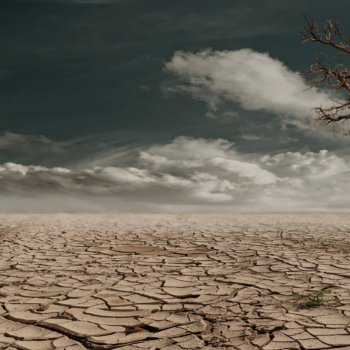|
|
Two decades of climate change-induced drought have reduced the Colorado River’s flow, leaving its biggest reservoirs mostly empty. Explore what this issue reveals about the planet, including what everyday people can do to help.
Eating Less Meat Could Make a Positive Impact
A New York Times infographic examined which activities use the collective average of 1.9 trillion gallons of water from the Colorado River basin annually. It showed livestock accounting for 56% or 1,064 gallons. A further breakdown showed most of that usage segment comes from growing the crops used to feed livestock.
While commenting on the data, experts recommended people start viewing meat products as specialty items rather than products for daily consumption. It’s also problematic that some of the alfalfa grown on land along the Colorado River gets exported for cows as far away as Saudi Arabia.
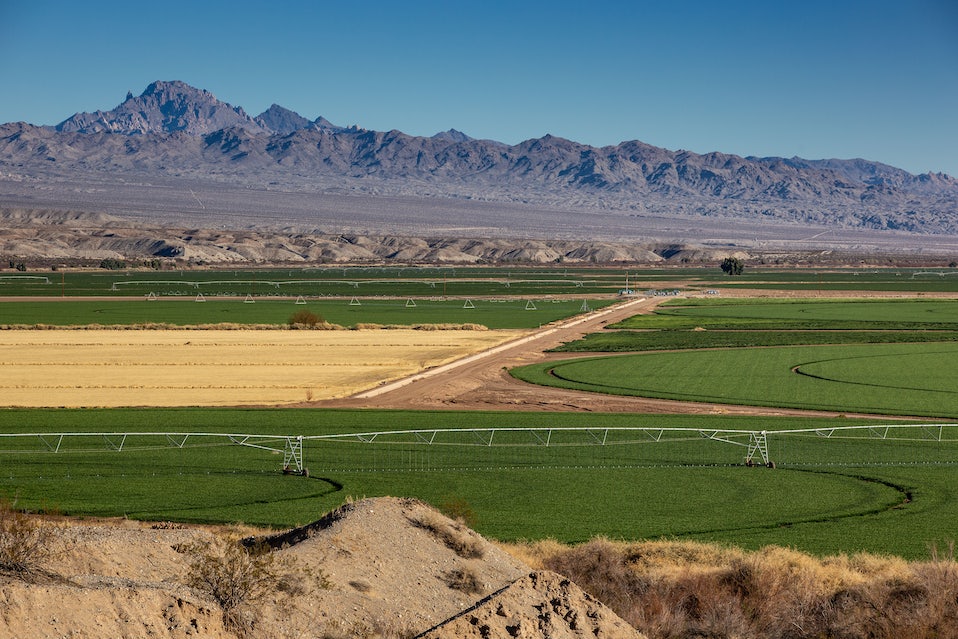
There’s no single or quick solution to improve the Colorado River situation. But people can take individual action by being more mindful of the resource consumption associated with meat consumption and livestock maintenance.
The agricultural industry has also threatened some of the country’s other major rivers. Pollution worsens when animal waste enters waterways. However, efforts are underway to assist cattle ranchers and others in moving toward practices that are kinder to the environment.
Human Activities Contribute to Climate Change
Scientists now agree human activities have been a significant driver of climate change. However, it’s also important to look back in time to highlight how this has been happening for a while.
A University of California research team dug into historical data to learn how precipitation and runoff within the Colorado River’s basin have changed since the 1880s. One finding highlighted a 10.3% reduction in the basin’s runoff. The team directly linked it to climate change influenced by human activities and the landscape’s vegetation changes. Together, these aspects caused a 2.1 km3 decrease in available water for the surrounding population.
The researchers also confirmed a megadrought occurred between 2000 and 2021, and that it likely would not have happened without human influences on the climate. During 2020 and 2021, the river recorded the driest period since 1895 and the lowest river flow since 1906.
Those statistics are undoubtedly worrisome. But just as humans can exacerbate climate change, they can also reduce it. Those in powerful positions can make decisions that should have positive ripple effects.
For example, in April 2023, the Biden-Harris administration allocated an additional $50 million to a water conservation program for the Colorado River’s lower basin. It will result in 125,000 acre-feet of water saved during 2024 and 2025.
However, even parties with less authority can have significant impacts. Consider the 2021 case where the Bonneville Environmental Foundation engaged with corporate executives to explain the importance of the Colorado River to the surrounding area. Those conversations encouraged leaders from companies such as Google and Microsoft to contribute to a conservation effort.
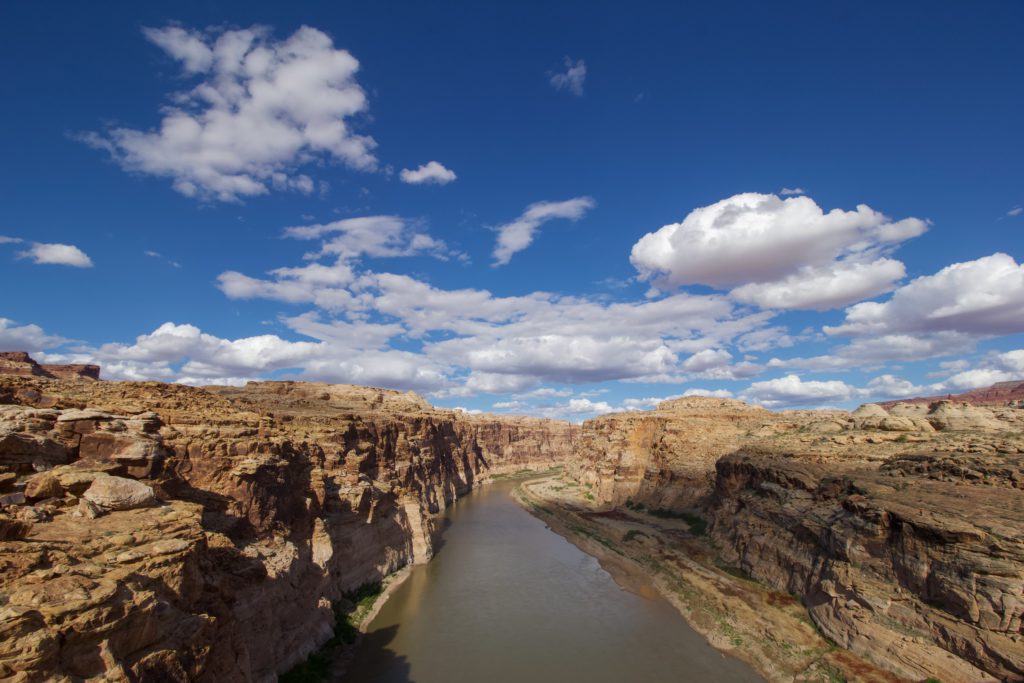
Collaboration Can Increase the Colorado River’s Resiliency
The people who live near the Colorado River and depend on it for water are far from the only individuals dealing with dwindling supplies. Difficulty in finding safe water supplies affects 1.2 billion people around the world. That suggests many of the takeaways learned from Colorado River conservation efforts could apply to other at-risk waterways.
In May 2023, seven states that rely on the Colorado River agreed to cut consumption. By the end of 2026, California, Nevada and Arizona will do so by 3 million acre-feet. Next, the participants will embark on a more challenging but necessary journey to create a longer-term plan that could last up to 20 years.
News headlines often position climate change as an insurmountable obstacle. What’s ahead is certainly challenging, but progress becomes more achievable when people work together. That’s true when protecting the Colorado River and for broader matters.
A 2023 study indicated international collaborations for climate change mitigation could tackle regional disparities. For example, researchers pointed out the Global South has fewer scientific development opportunities than its Northern counterpart. They advocated for global collaboration to create solutions applicable to locally affected areas.
Shared data will also be important since many states depend on the Colorado River. Regional authorities can collaborate by offering their data, showing how climate change has affected specific areas more than others. Those insights can also help people work together to find the best, mutually beneficial solutions.
Continuing to Prioritize the Colorado River
This overview shows why people must pay attention to what the Colorado River can tell them about the planet. Despite the troubling trends, humans must stay focused on proactive and practical ways to make positive changes, including those mentioned here.
